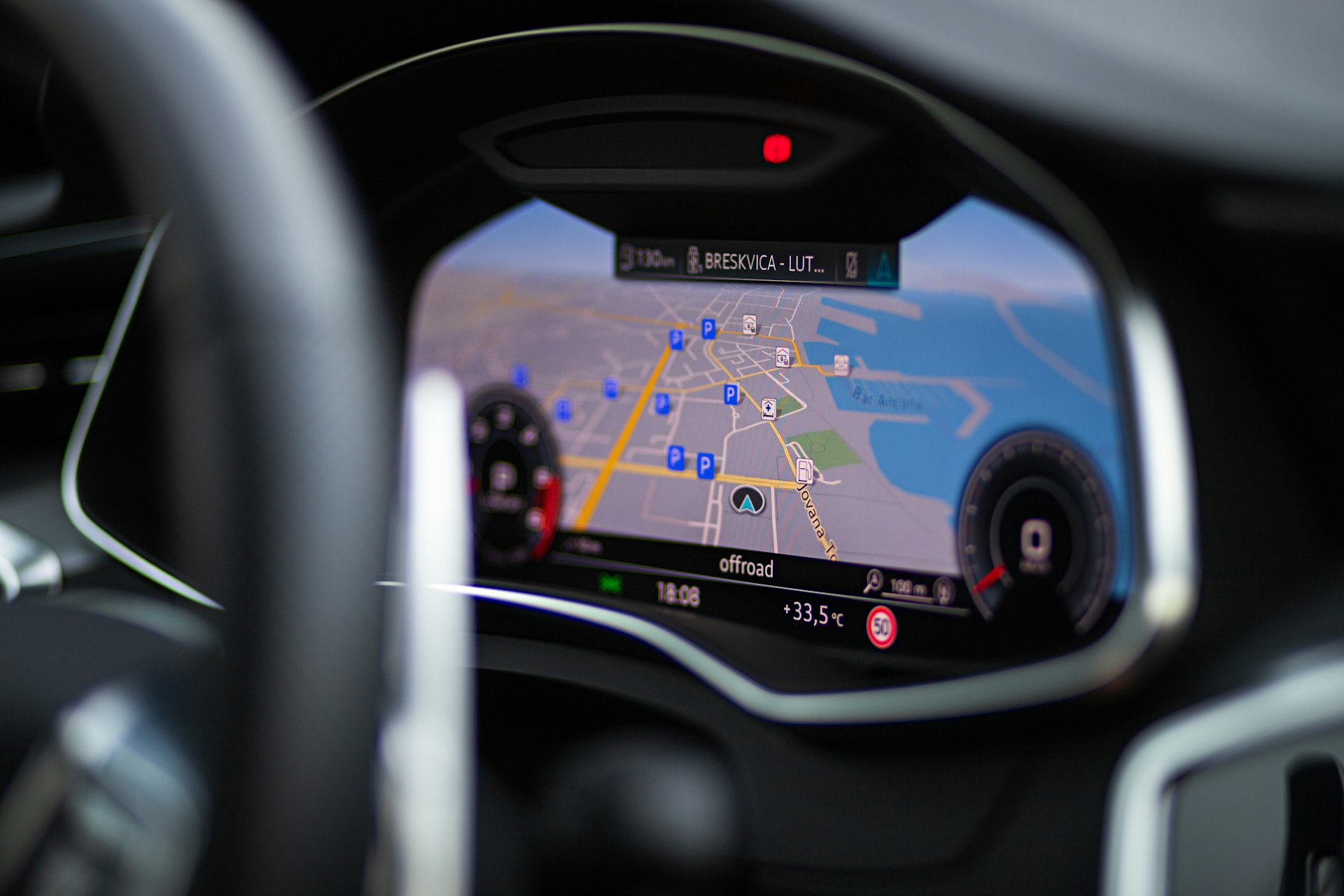Why Collaborative Robotics Is Transforming Car Manufacturing: Benefits, Implementation, and Future Outlook

Photo by Beth Macdonald on Unsplash
Introduction: The Shift Toward Collaborative Robotics in Car Manufacturing
Automotive manufacturing has entered a new era, defined by the integration of collaborative robotics -also known as cobots -which are reshaping the way vehicles are produced. Unlike traditional robotic systems that operate in isolation, cobots work directly alongside human workers. This evolution is driven by the industry’s need for enhanced safety, improved productivity, greater operational flexibility, and more sustainable production lines. As digitalization and smart manufacturing become the norm, collaborative robotics is no longer a luxury but a necessity for competitive automotive manufacturers [3] .
Understanding Collaborative Robotics: What Makes Cobots Unique?
Cobots are designed with advanced sensors, intuitive programming, and built-in safety features. They can operate without the safety cages required by traditional robots, enabling seamless human-robot collaboration on the factory floor [1] . These machines are sensitive to their environment, adjust their actions in real time, and can be quickly reprogrammed for new tasks. Their flexibility and adaptability allow them to support a wide range of manufacturing operations, from assembly and welding to quality control and logistics [5] .
Key Benefits of Collaborative Robotics in Automotive Manufacturing
1. Enhanced Workplace Safety
One of the most significant advantages cobots bring is an improved safety environment. With built-in force-limiting sensors and real-time monitoring, cobots can detect human presence and stop or slow down as needed, minimizing the risk of injuries [1] . For example, Audi has implemented cobots to handle repetitive and physically demanding tasks, reducing strain and injury rates for human employees [4] . When considering cobot integration, manufacturers should conduct a thorough risk assessment and train staff in human-robot interaction protocols to maximize safety outcomes.
2. Increased Productivity and Efficiency
Cobots operate continuously without fatigue, which significantly boosts production volumes and reduces downtime [2] . By automating repetitive and precise tasks-such as component assembly, adhesive application, or quality inspections-they free up skilled workers to focus on troubleshooting, process optimization, and creative problem-solving. For instance, Tesla frequently reprograms cobots to switch between installing battery packs and performing final quality checks, allowing for rapid production line adjustments with minimal downtime [4] .
3. Consistency, Quality, and Data-Driven Insights
Cobots excel at tasks requiring high precision and repeatability, minimizing the likelihood of human error and improving product quality [1] . They also support real-time data collection and analysis. Manufacturers can leverage this data to identify bottlenecks, predict maintenance needs, and optimize workflows, leading to continuous improvement [5] .
4. Flexibility and Rapid Adaptation
Unlike traditional robots, cobots can be easily reprogrammed and redeployed for different tasks, supporting rapid changeovers and model variations [1] . This flexibility is invaluable for automotive manufacturers who must frequently adapt to new product lines, custom configurations, or shifting market demands [4] . Smaller and medium-sized businesses benefit from this agility, as cobots are generally more affordable and less complex to implement than traditional automation solutions [2] .

Photo by Homa Appliances on Unsplash
5. Addressing Labor Shortages and Reducing Costs
As the automotive sector faces skilled labor shortages, cobots help fill the gap by automating undesirable, repetitive, or ergonomically challenging tasks [2] . This not only maintains production capacity but also supports cost control by reducing overtime, minimizing errors, and lowering injury-related expenses. Over time, manufacturers often see a reduction in operational costs and improved return on investment.
Implementing Collaborative Robotics: Step-by-Step Guidance
Integrating collaborative robotics into an automotive manufacturing environment involves several key steps. While specific solutions may vary by manufacturer and facility, the following general roadmap provides actionable guidance:
- Assess Current Processes: Identify repetitive, dangerous, or high-precision tasks that could benefit from automation. Analyze production bottlenecks and gather input from both management and frontline workers.
- Research Cobot Solutions: Review offerings from established robotics companies. Consider factors such as payload capacity, reach, programming interface, and compatibility with existing systems. Visit official manufacturer websites or request demonstrations from reputable vendors.
- Risk Assessment and Safety Planning: Conduct a detailed risk analysis of planned cobot deployments. Ensure compliance with relevant safety standards and regulations, such as ISO 10218 and ISO/TS 15066 for collaborative robots. Manufacturers can consult with safety experts or professional associations for guidance.
- Pilot Implementation: Start with a pilot project on a contained line or process. Train staff thoroughly, monitor performance, and gather feedback. Adjust cobot programming and workflows as needed.
- Scale and Optimize: Expand cobot integration across additional lines based on pilot results. Continuously collect data to optimize performance, enhance safety, and maximize return on investment.
If you are seeking to implement collaborative robotics, you may contact leading robotics providers directly through their official websites or reach out to regional robotics industry associations for referrals and best practices.
Case Studies: Real-World Applications
Audi: Audi has successfully integrated cobots into their assembly lines to handle heavy or monotonous tasks, improving both worker safety and productivity. Human workers now focus on tasks requiring judgment and skill, while cobots take on repetitive, physically demanding jobs [4] .
Tesla: Tesla uses cobots for tasks ranging from battery installation to final inspection. The flexibility of these robots allows for rapid reprogramming and redeployment as production needs change, supporting a highly responsive manufacturing environment [4] .
Potential Challenges and Solutions
Workforce Training: Successful cobot integration requires comprehensive training for employees, both in technical operation and in fostering a culture of collaboration. Manufacturers should invest in ongoing workforce development and partner with reputable training providers.
Change Management: Introducing robotics can generate apprehension among staff. Address this by involving employees in planning and implementation, clearly communicating the benefits, and highlighting opportunities for upskilling.
Technical Integration: While cobots are designed to be user-friendly, integrating them with legacy systems or complex workflows may require support from robotics specialists. Manufacturers should consult with official vendors or certified integrators for seamless deployment.
Alternative Approaches and Future Outlook
While collaborative robotics offers substantial benefits, some manufacturers may explore alternative or complementary solutions such as advanced vision systems, AI-driven quality control, or traditional automation for highly repetitive tasks. The future points toward greater human-robot collaboration, integration with Industry 4.0 technologies, and continuous improvement through data analytics [5] .
To stay informed on best practices, automotive manufacturers can subscribe to industry publications, attend robotics conferences, or join professional organizations such as the Robotics Industries Association (RIA). For more direct support, contacting established cobot manufacturers through their official channels remains the most reliable approach.
References
- TM Robot (2024). How Collaborative Robots are Transforming the Automotive Industry.
- Hillside Custom (2024). Collaborative Robotics For Boosting Productivity.
- Sora Robotic (2024). Cobot Revolution in Automotive: Efficiency and Solutions.
- Machine Design (2024). 5 Ways Cobots Are Boosting the Efficiency of Automotive Manufacturing Processes.
- Universal Robots (2024). Five ways cobots are unleashing operational productivity for automotive manufacturers.
MORE FROM promospotlight.com













